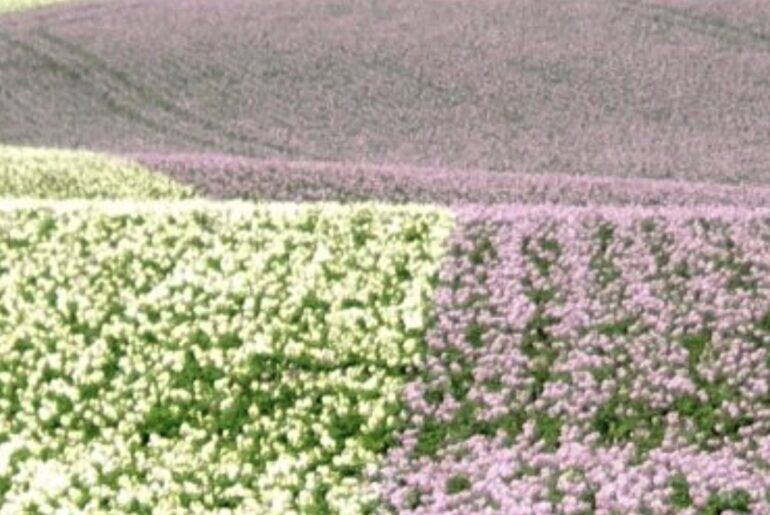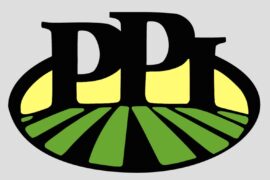As plantings for this year’s crop are finishing, the Northwestern European Potato Growers Group (NEPG) has reported that hectares under cultivation in Belgium. France, Germany and the Netherlands will likely be reduced by 3-5%.
In a press release issued on May 10, NEPF stated: “This an absolutely historical event, because area has usually gone up year after year for the last two decades. The last time area went down was in 2014, and during that time processors were still planning to expand current factories or build new ones.”
Repeated advice from NEPG since last summer to lower planted area, and the difficult situation on the free buy market since the 2020 harvest, have had some effect.
Cold and Dry Weather Spell
Even through the winter of 2020-21 was wetter than the last three or four winters, the weather has been colder and dryer since mid-April. Early crop potatoes were planted between the end of February and April. Some main crop plantings took place in late March and the beginning of April in some regions, but real work started during the third week of last month. Main crop plantings have gone very swiftly in good but cold conditions.

“Frost protection by irrigation was largely used in the early producing regions of Western Germany, whereas in Belgium and Germany earlies kept quite under snowfall around April 6,” reported NEPG Secretary Daniel Ryckmans. “Earlies have currently around two weeks delay due to the cold weather. And the mostly dry weather could also have an impact if it stays so another couple of weeks.
“At the end of the first week of May, main crop planting were estimated at above 95%. Cold weather with some frosts at night since the the third week of April has slowed down any kind of quick emergence.”
Good Prospects for Old Crop Market
The free market is now in a bullish mood, as processors expect some kind of boom or at least an increase in demand over the coming weeks and months in the NEPG market, but also for shipments to other European countries and export destinations outside the EU.
Growers are confident as the early crops will be later, while the main crops in the ground will come out later and the cold weather since the beginning of April has helped keep most stocks in good shape as not as much sprouting as feared occurred in late winter. Free buy volumes in stock are also lower than in recent years.
Growers are aware that the potato business is fragile and uncertain. On one hand, production costs have gone up during the last two seasons, yields have somewhat stagnated for the last four years, and storing potatoes is more expensive and difficult. On the other hand, potato producers and the potato sector as a whole have often been singled out when water pollution, erosion and mud runoffs, and spraying are observed.
“Growers have to be aware of this, and show that they are making a lot of efforts and communicate bette,” pointed out Ryckmans. “They also expect research to quickly provide them with varieties and techniques that are better adapted to environmental constraints (blight, climate change) and societal expectations.”






